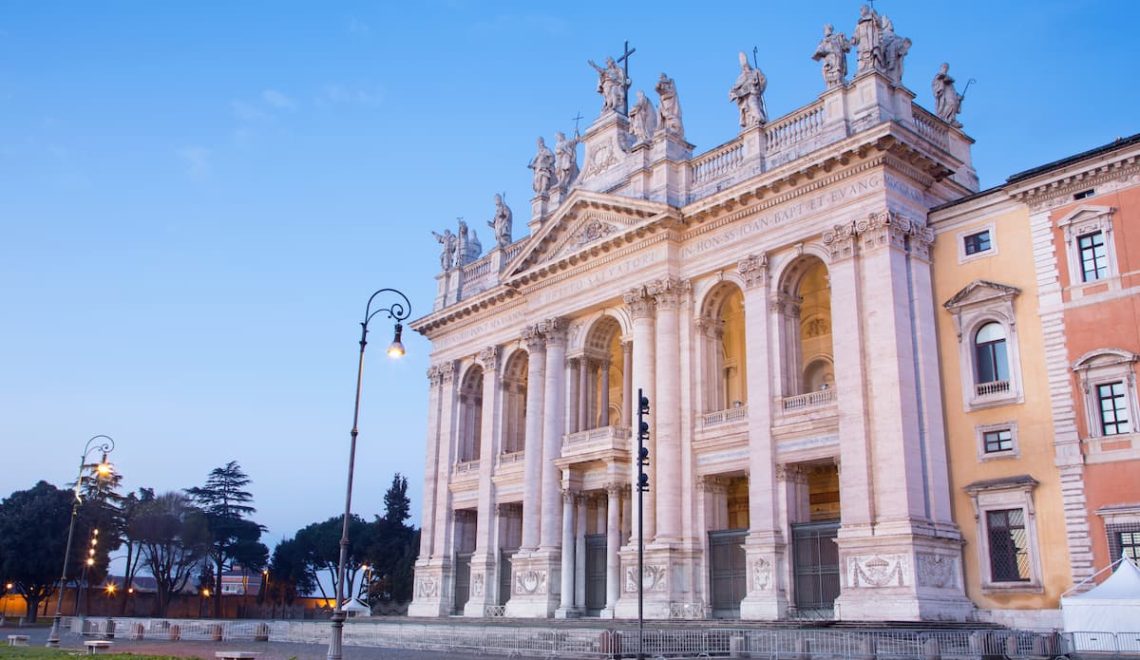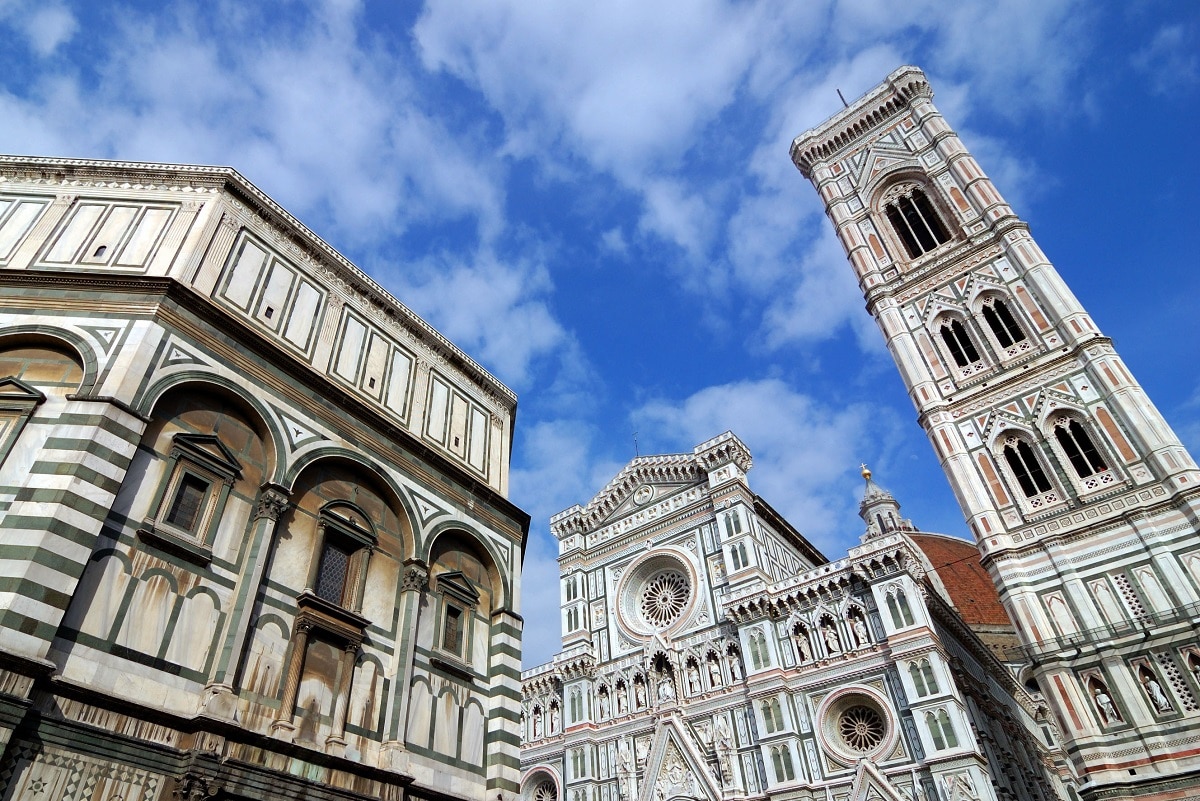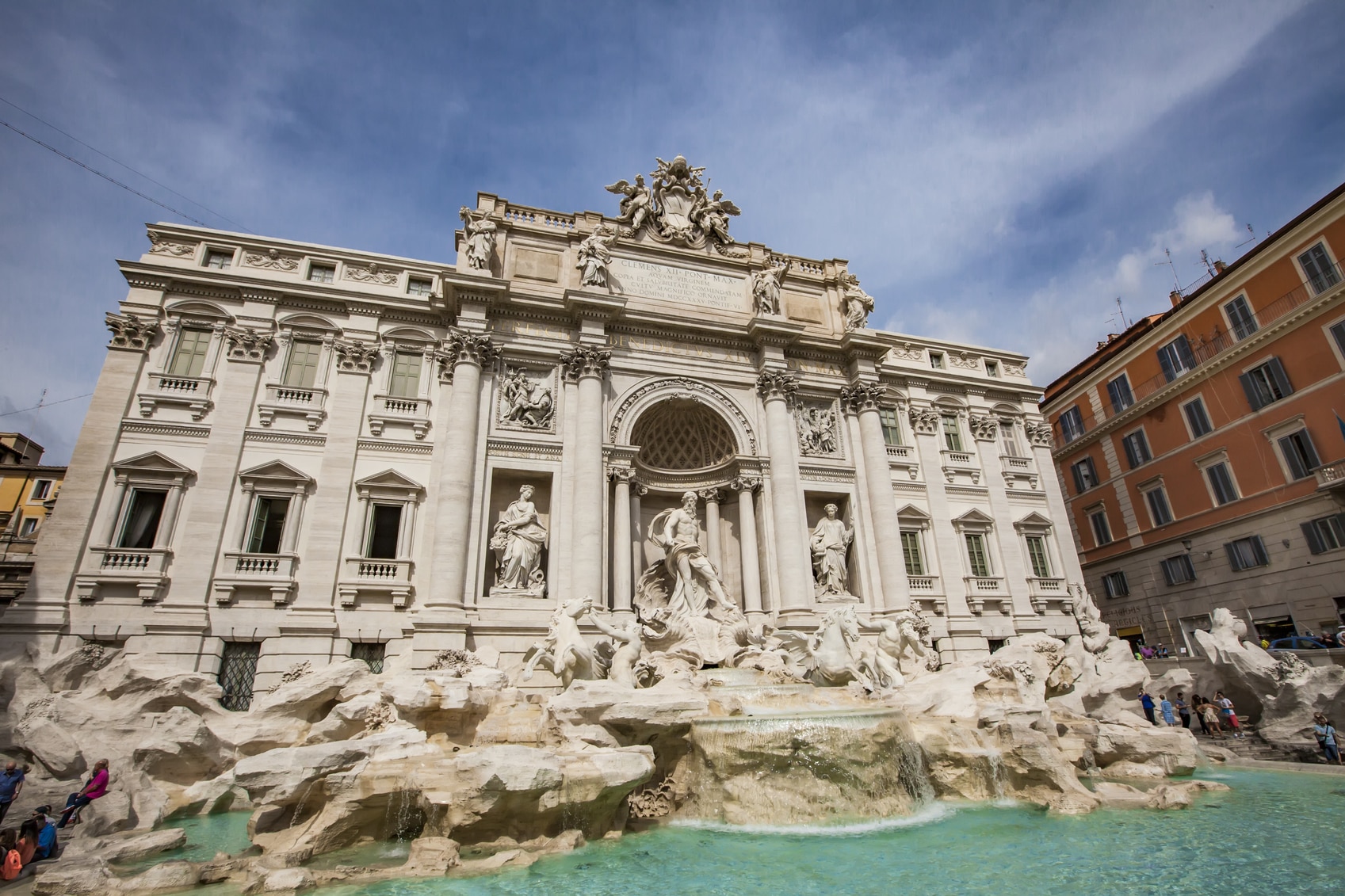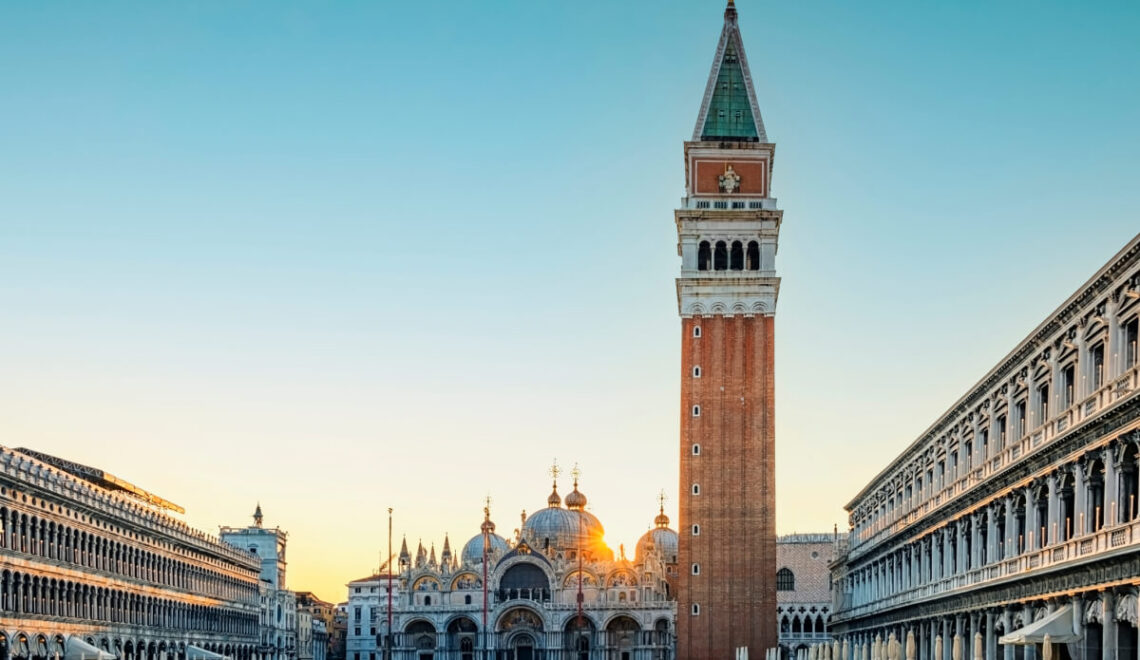
Embark on a journey through Italy’s iconic architecture, where every stone tells a story of the country’s rich cultural heritage. From the majestic Colosseum in Rome to the intricate details of the Duomo in Florence, Italy is a treasure trove of architectural marvels waiting to be explored.
Italy, a land where history and artistry are intertwined, can take you on a unique architectural journey through time. From ancient ruins to modern marvels, Italy’s buildings and structures tell stories of empires, rebirths, and revolutions. In this article, we will explore the iconic architecture of Italy, examining its ancient foundations, Renaissance splendour, Baroque exuberance, and modern innovations. We will also highlight some of the best movies set in Italy that capture the essence of its architectural magnificence.
- Ancient Foundations: The Roman Era
- The Flourish of the Renaissance
- The Baroque Exuberance
- Modern Marvels: 20th Century and Beyond
- Architectural Regions of Italy
Discover the secrets behind the leaning tower of Pisa, marvel at the grandeur of the Vatican City, and immerse yourself in the picturesque beauty of Venice’s canals and palaces.
Ancient Foundations: The Roman Era
Italy’s architectural journey begins with the grandeur of the Roman Empire. The Romans were masters of engineering and design, and their legacy is etched in stone across the country. In Rome, the Colosseum, an amphitheatre that once hosted gladiatorial contests and public spectacles, stands as a testament to their architectural prowess. Nearby, the Roman Forum offers a glimpse into the heart of ancient Rome, with its temples, basilicas, and public spaces. Another iconic structure is the Pantheon, a marvel of engineering with its massive dome and oculus that has inspired architects for centuries. The aqueducts, such as the Aqua Claudia, showcase the Romans’ ability to transport water over vast distances, an engineering feat that supported the growth of their cities. The influence of Roman architecture extends beyond Italy’s borders, but there is no better place to explore its origins. For anyone interested in exploring these ancient wonders, movies set in Italy on Netflix, such as “Roman Holiday”, provide a cinematic glimpse into the Eternal City’s charm.
Travel with Italo’s trains from and to Rome
The Flourish of the Renaissance
The Renaissance represented a period of artistic and architectural rebirth in Italy. The Italian Renaissance fostered artistic and architectural brilliance that continues to captivate visitors to this day. Florence, often referred to as the Cradle of the Renaissance, boasts a wealth of architectural masterpieces from this period. The Florence Cathedral, with its magnificent dome designed by Filippo Brunelleschi, is a striking symbol of Renaissance ingenuity. Brunelleschi’s dome, a remarkable feat of engineering, remains one of the largest masonry domes ever constructed. 
The Uffizi Galleries, also in Florence, are a treasure trove of Renaissance art and architecture. Their elegant design and rich history make them a must-visit for architecture enthusiasts.
Book train tickets from and to Florence with Italo
During the Renaissance period, Venice also flourished as a centre of trade and culture, resulting in the construction of magnificent palaces, churches, and public buildings that still stand today as a testament to the city’s rich history. One of the most iconic examples of Renaissance architecture in Venice is the Doge’s Palace, a stunning blend of Gothic and Renaissance styles that served as the residence of the Doge of Venice and the seat of government. Its intricate facade, grand halls, and ornate decorations reflect the wealth and power of the Venetian Republic during the Renaissance.  St Mark’s Basilica, located in the heart of Venice’s famous St Mark’s Square, is another architectural gem that showcases the city’s artistic and cultural heritage. The basilica’s Byzantine-inspired domes, intricate mosaics, and marble columns make it a must-visit for anyone with an interest in Renaissance architecture. Exploring Venice’s Renaissance architecture is like stepping back in time to an era of opulence and artistic innovation. Whether you are wandering through the narrow streets and along the picturesque canals or admiring the grandeur of its historic buildings, Venice offers a true immersion in the architectural wonders of the Renaissance period.
St Mark’s Basilica, located in the heart of Venice’s famous St Mark’s Square, is another architectural gem that showcases the city’s artistic and cultural heritage. The basilica’s Byzantine-inspired domes, intricate mosaics, and marble columns make it a must-visit for anyone with an interest in Renaissance architecture. Exploring Venice’s Renaissance architecture is like stepping back in time to an era of opulence and artistic innovation. Whether you are wandering through the narrow streets and along the picturesque canals or admiring the grandeur of its historic buildings, Venice offers a true immersion in the architectural wonders of the Renaissance period.
Choose Italo for your train travel to Venice
The Baroque Exuberance
The Baroque period brought a wave of exuberance and grandeur to Italian architecture. Rome, once again, became the epicentre of this architectural revolution. The Trevi Fountain, designed by Nicola Salvi, is a masterpiece of Baroque art, with its dramatic sculptures and cascading waters. The Palazzo Barberini and the Church of Sant’Andrea al Quirinale, designed by Gian Lorenzo Bernini, showcase the intricate details and dynamic forms characteristic of Baroque architecture.  In Sicily, the cities of Noto and Ragusa are renowned for their Baroque architecture. The Cathedral of San Giorgio in Modica, with its ornate façade and grand staircase, is a prime example of Sicilian Baroque. These cities, rebuilt after a devastating earthquake in 1693, are now UNESCO World Heritage Sites, preserving their Baroque splendour for future generations.
In Sicily, the cities of Noto and Ragusa are renowned for their Baroque architecture. The Cathedral of San Giorgio in Modica, with its ornate façade and grand staircase, is a prime example of Sicilian Baroque. These cities, rebuilt after a devastating earthquake in 1693, are now UNESCO World Heritage Sites, preserving their Baroque splendour for future generations.
Modern Marvels: 20th Century and Beyond
Italy’s architectural narrative does not end with the Baroque period. The 20th century brought new challenges and opportunities for Italian architects. The Pirelli Tower in Milan, designed by Gio Ponti, is a symbol of post-war modernism. Its sleek design and innovative use of materials reflect the optimism and progress of the era.
Travel with Italo’s trains from and to Milan
Renzo Piano, one of Italy’s most renowned contemporary architects, has left his mark on cities around the world. In Italy, his work includes the Auditorium Parco della Musica in Rome, a cultural complex that blends modern design with the city’s historic fabric. The MAXXI Museum, also in Rome, designed by Zaha Hadid, is another example of contemporary architectural innovation in Italy.
Book train tickets from and to Rome with Italo

© Museo MAXXI –
Ph. Musacchio & Ianniello
Architectural Regions of Italy
Italy’s diverse regions each offer a unique architectural experience. In the north, the cities of Milan and Turin are known for their modernist and industrial architecture. Milan’s Galleria Vittorio Emanuele II, one of the world’s oldest shopping centres, combines neoclassical and modern elements, while Turin’s Mole Antonelliana is a symbol of the city’s industrial heritage.
Choose Italo for your train travel to Turin

In central Italy, the cities of Florence, Siena, and Pisa are steeped in Renaissance and Gothic architecture. The Leaning Tower of Pisa, an iconic symbol of Italy, draws visitors from around the world with its unique tilt and historic significance. Southern Italy, with its Greek and Roman ruins, offers an architectural experience all its own. The ancient city of Pompeii, buried by the eruption of Mount Vesuvius in 79 AD, provides a snapshot of Roman life frozen in time. The trulli houses of Alberobello, with their conical roofs, are unique to the Apulia region and have been designated a UNESCO World Heritage Site. The islands of Sicily and Sardinia also boast rich architectural histories. Sicily’s Valley of the Temples, a collection of ancient Greek temples, is a testament to the island’s diverse cultural heritage. Sardinia’s Nuragic complexes, such as Su Nuraxi di Barumini, offer a glimpse into the island’s prehistoric architecture.





